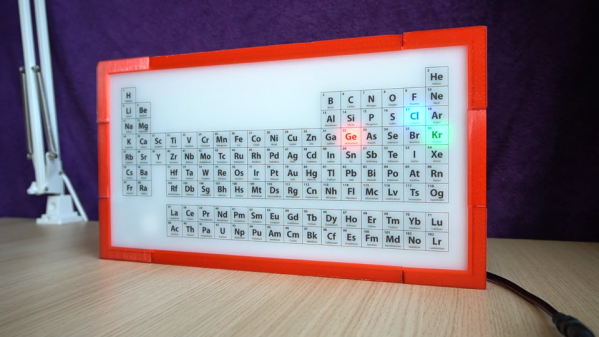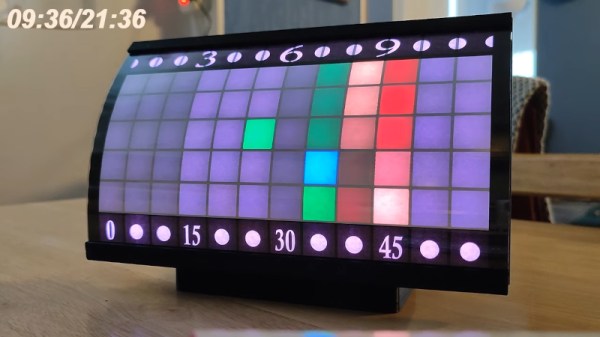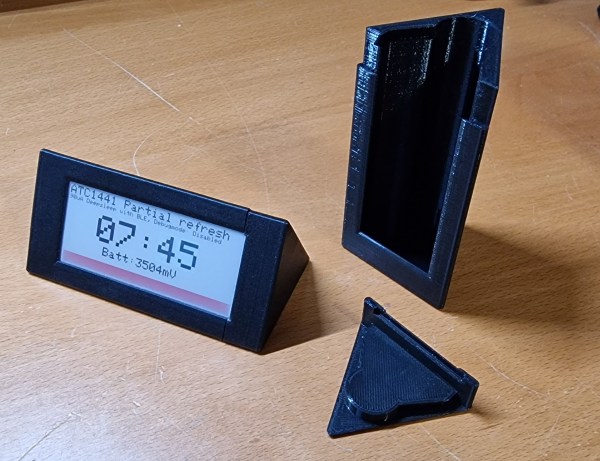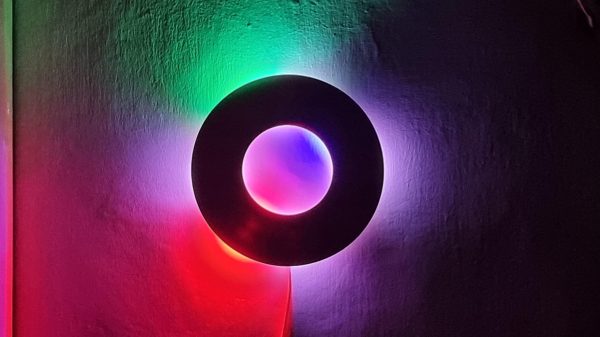It’s easy to find a cheap clock at any dollar store that will manage to tell the time, but chances are that the plastic-fantastic construction won’t do you any aesthetic favors. Fear not, though, for [ROBO HUB]’s upcycled design turns a humble clock into a mesmerizing horological display of beauty.
The build starts by scavenging the movement out of a cheap plastic clock. A CD is then glued to the front of the movement to serve as a reflective backing plate. For numerals, the clock uses F3, F6, F9, and F12 keys nabbed from a keyboard.
The real party trick, though, is in the lighting. This build is elevated beyond hackneyed 90s desk clocks by the inclusion of a ring of LED strip lighting. When switched on, the LED light reflects and refracts on the surface of the CD, creating a mesmerizing shifting pattern featuring all the colors of the rainbow.
CDs are actually quite magical from an optical perspective and have all kinds of nifty uses.
Continue reading “Old Clock Transformed Into Mesmerizing Light Display”


















